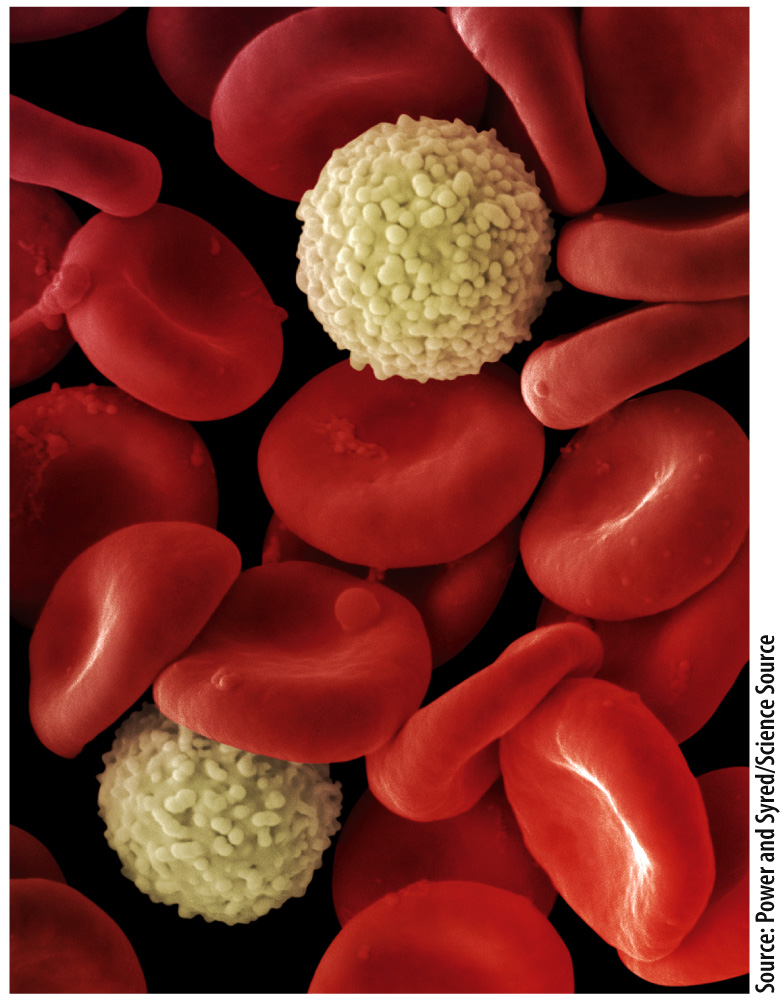Chapter 43 Introduction
CHAPTER 43
Animal Immune Systems

Core Concepts
- The immune system protects organisms from pathogens.
- The innate immune system acts generally against a diversity of pathogens.
- The adaptive immune system includes B cells that produce antibodies against specific pathogens that reside outside cells in tissues.
- The adaptive immune system also includes helper and cytotoxic T cells that attack infected, diseased, and foreign cells.
- Some pathogens have evolved mechanisms that enable them to evade the immune system.
All organisms have mechanisms that protect them against harmful pathogens. In turn, pathogens evolve strategies to evade these mechanisms. And organisms in turn evolve new responses. In animals, the result of this evolutionary back and forth is an elaborate and sophisticated immune system. The immune system is remarkable in its ability, in most cases, to protect organisms from harmful pathogens. Consider how well your body is able to defend itself from the common cold and bacterial infections from cuts and scrapes without taking antibiotics. In fact, we don’t even notice most of the pathogens we encounter on a daily basis because of the effectiveness of our immune system. A key aspect of the vertebrate immune system is that it has evolved both defenses that act against a broad range of pathogens and defenses that target specific pathogens.
We begin with an overview of the immune system and then discuss general defenses that protect against a diverse array of pathogens. We then turn to a powerful part of the immune system that is tailored to attack specific pathogens and that has the ability to learn and remember, attributes we usually associate with the nervous system. Finally, we consider three infections that illustrate how pathogens have evolved ways to evade these defenses.